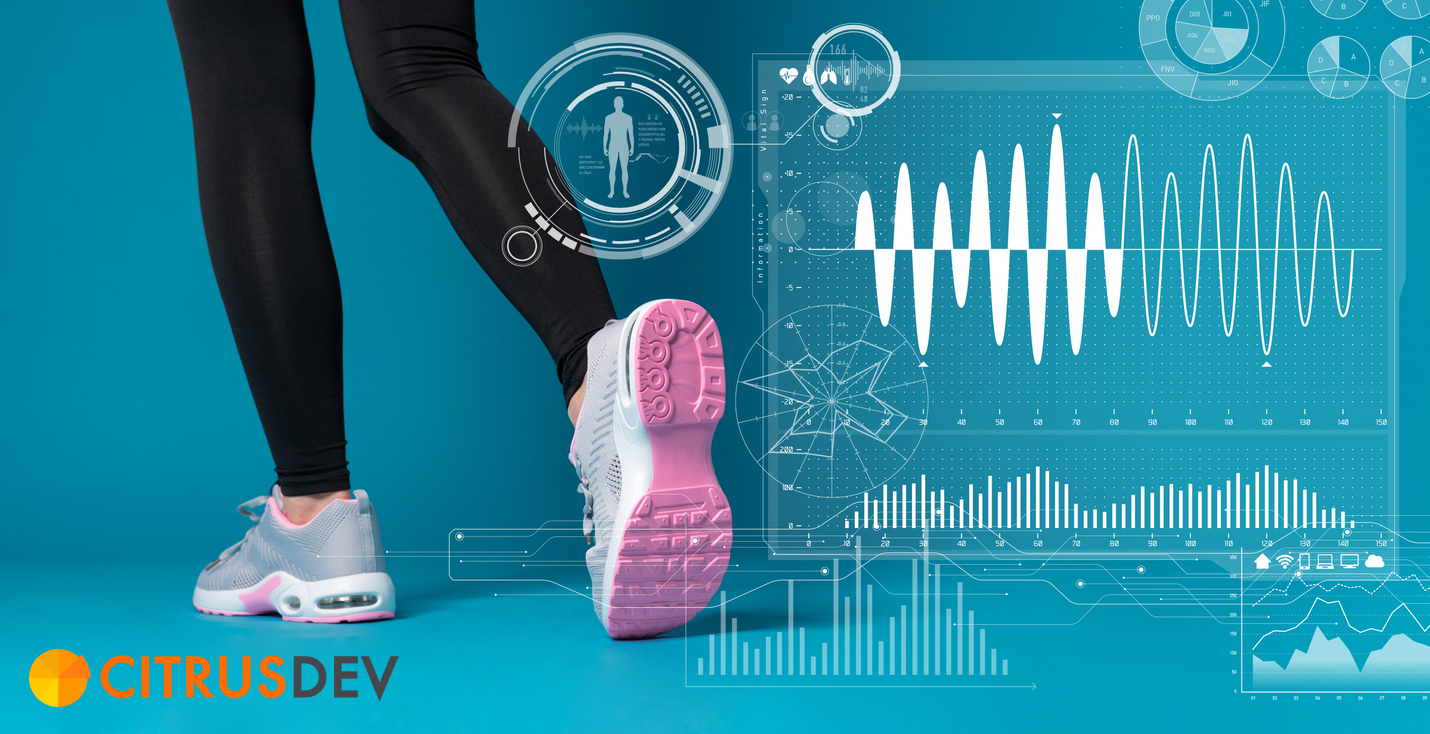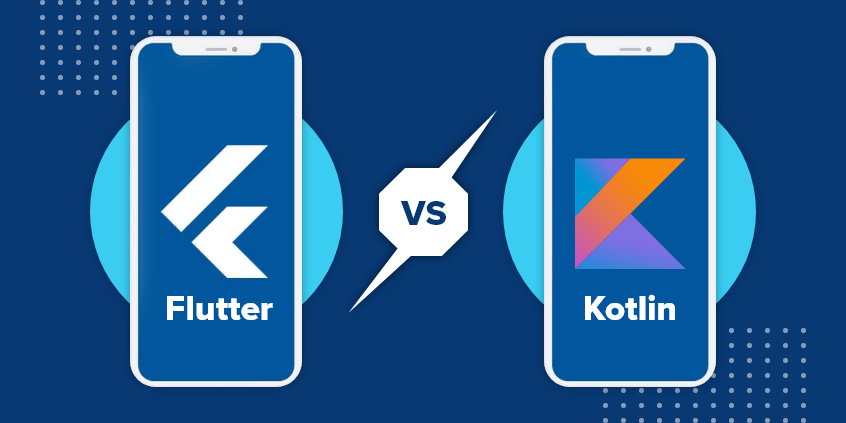
Now Hiring: Are you a driven and motivated PHP (Laravel) Developer?

Consequently, the sports sector leverages IoT development services to give athletes innovative ways to analyze and enhance their performance.
But this is not the only contribution of IoT to the fitness industry. Keep reading this article if you want to discover other applications of IoT in sports and fitness and prepare for implementing your project.
Since the COVID-19 pandemic hit, we all had no choice but to stay inside and couldn’t visit the gym anymore. At-home workouts gained popularity as people still wanted to stay in shape. But simply exercising at home does not limit the new gym culture.
Professional athletes, as well as fitness lovers, turned to science and technology to gather data on their performance, analyze it, and receive improvement suggestions. All these actions are a result o individual face-to-face coaching sessions.
As a result, we can see the growth of the global sports analytics market, and analysts expect it to surpass 10 billion by 2028, up from 2.2 billion back in 2020. Moreover, industry analysts forecast the global sports tech industry reaches $17.9 billion by 2026. Also, the companies fill the market of wearable IoT devices rapidly, as more people come to appreciate the technology’s benefits, safety, and convenience. According to Statista, this number is expected to reach 1,105 million units by the end of 2022.
So, how do people use the Internet of Things in health and fitness? In more basic cases, users wear IoT fitness trackers that capture different parameters. For example, the user’s pulse, to estimate the number of calories burned and monitor the intensity of their training.
Professional athletes opt for more complicated measurements like motion tracking when someone wears numerous sensors. These sensors capture and transmit data about the user’s body position to build their skeleton model. This helps understand the person’s body positioning and make improvements in sports, such as javelin throwing and fencing. In addition to body positioning and motion, sensors can measure intensity.
For example, sensors mounted on training equipment can measure how much weight an athlete can lift. Professionals can also benefit from analyzing their vital signs. They will indicate how fast they recover and how to achieve their peak performance. But wearables are not the only way people can benefit from IoT in fitness. We can see some sensors inside gyms and sports stadiums or on some exercise equipment to improve customer experience.
The Internet of Things brings other benefits to sports as well:
Deploying IoT technology in sports enables people to participate in group workouts without leaving their houses. Gyms use such solutions to facilitate remote group training and retain customers who can’t physically attend. Several participants exercise at home simultaneously and use wireless sensors to measure and share their data with the trainer, who monitors individuals’ progress to better serve the needs of each member and the group as a whole.
One example of such virtual group sessions comes from Peloton, an American company that manufactures gym equipment. They built smart stationary bikes and treadmills that allow users to take part in virtual training sessions with other cyclists and runners from the same city, while physically remaining at home.
Connected IoT fitness devices, together with virtual reality (VR) technology, help users immerse themselves in a simulated environment while remaining at home.
For example, VR headsets, such as Oculus Rift, allow users to run virtual marathons from their treadmills and ride infamous cycling competitions from their stationary bikes. With the help of connected sensors, people can monitor their heart rate and compare it to others involved in the same activity. They also enable the environment to appropriately respond to users’ movements and stimulate them.
Smart stadiums connect different IoT fitness devices, such as cameras, sensors, and digital signage, to create a remarkable fan experience. They can direct users to their seats, and offer information on parking spots, bathroom availability, and promotions, offering a personalized experience. The technology also allows stadium staff to respond quickly to any incidents. One example of IoT sports technology comes from Levi’s Stadium in Santa Clara, California. This venue includes over 2,000 battery-powered beacons that help fans find seats and facilitate placing food orders.
In 2021, the Tour de France, one of the largest cycling events that lasts three weeks, teamed up with a tech partner to create a digital twin of the entire race with the help of real-time data. This gave organizers constant visibility over riders and key locations, making the competition easier to manage. Digitizing such an enormous event was a challenge that paid off, according to Peter Gray, Senior Vice President, Advanced Technology Group, Sport at NTT. Here is what he said:
“It’s a highly dynamic and changing environment that requires immediate access to information to ensure continuous and smooth operations, resulting in more informed and engaged fans.”
Sometimes it is hard to tell which fitness machines are more used than others just by looking at the inventory. The IoT in sports sensors allows gym owners to collect and analyze real-time data on their equipment to understand which machines are at risk of breaking down during a workout session.
Also, sensors help detect which machines are in high demand and cause the most waiting time for customers. When strategically placed, such devices can also detect infrastructural damage, such as pipe leakage and system failure. Fitness IoT devices planted at different locations at the gym will help the owner manage the whole facility.
For example, sensors can notify gym staff about a full trash bin and about an empty sanitizer bottle. IoT sports technology can also monitor the environment at the gym like temperature, humidity, and lighting, and adjust these parameters accordingly. This will help reduce expenses by optimizing energy usage and prevent revenue losses, as customers might switch to another gym if they are unhappy with the current situation.
According to the study, a gym with poor ventilation can lose up to $38,500 of its annual revenue due to people not being able to handle foul sweat smells. Another IoT project in sports comes from Finland. The city of Helsinki used Kaltiot’s IoT technology to track the usage of its 160 outdoor gyms.
These are very expensive to maintain traditionally using scheduled maintenance checks. Kaltiot developed tracking solutions that can work in Finland’s harsh climate and gather data on equipment utilization. Harri Uusimäki, Helsinki’s lead maintenance manager for outdoor recreation areas described the benefits of the gathered data as follows: “The data obtained with Kaltiot’s tracking solution is an untouched area in fitness research. We are getting a huge amount of data that enables us to install the right number of the right kinds of outdoor fitness devices in the right places. With this data, we can purchase the devices that best serve and most interest users.”
The Internet of Things fitness tracking sensors collects various user parameters. This information can be used to create a custom exercise routine tailored to the needs and health conditions of this particular person.
And for professional athletes, their coaches can collect and analyze performance data that will enable them to make adjustments in dieting and exercising.
If your startup is planning to build an IoT fitness solution, CitrusDev has some practical tips for you! Our engineers recommend going through the following steps when implementing IoT in sports.
Determine which type of data you want to gather and analyze to generate value. For some sports, viewing heart rate and electrocardiography (ECG)/photoplethysmography (PPG) is important. In other sports, athlete body positioning is essential. Some parameters are rather easy to deal with. For example, there is available technology that can capture human pulse rather accurately. On the other hand, measuring blood pressure is still a challenge.
Decide how you will capture your data. Think of the sensors and other hardware devices you will need to build or purchase. If you want to measure body mass index, you will most likely need a device that a person will step on, while if you want to create a 3D skeleton model, motion trackers or a powerful camera system will be incorporated in a suit garment. Also, think about how to aggregate data, and where to store and process it. If the fitness Internet of Things device is powerful enough, it can process the data locally. Otherwise, you will need to ensure its safe and timely transition to the cloud or local storage units.
Prepare for data analysis. Raw data is not valuable on its own. You need to come up with a way to derive useful insights that people can leverage to enhance their performance. So, any IoT fitness solution needs to rely on scientifically sound mathematical models, which can analyze data and give athletes ideas on how to improve or even just help them understand their current condition and performance trends. For example, someone can use sensors to measure their pulse during an exercise session. This information by itself might not be that valuable, but applying a mathematical model to determine how many calories the person burned is already more interesting.
Think about security. IoT sports devices are prone to security threats. Kaspersky reports that over 1.5 billion of IoT devices were breached during the first half of 2021, while there were only 639 million similar incidents throughout 2020. Keep in mind that not only connected devices themselves are vulnerable, but also IoT gateways, embedded systems, and data storage centers can be targeted. And of course, don’t forget about users’ physical safety. Wearable sensors are not supposed to cause harm or discomfort.
Are you considering deploying IoT in sports? If so, drop CitrusDev a line! The CitrusDev team will work with you to build suitable hardware devices and software applications.

We just need a couple of hours!
No more than 2 working days since receiving your request.


